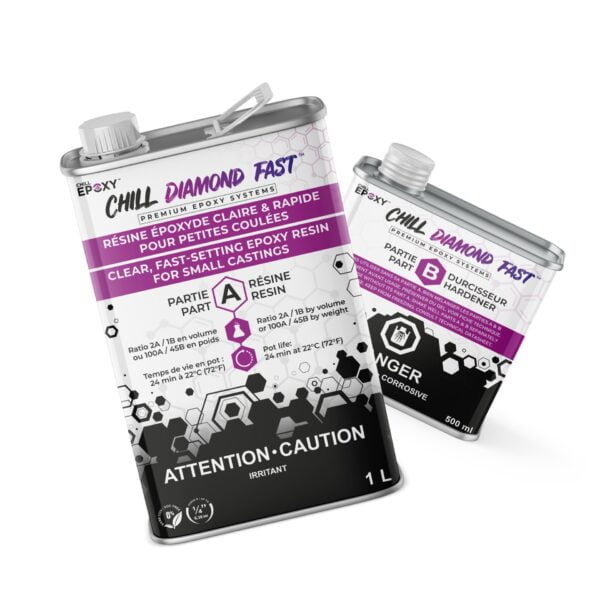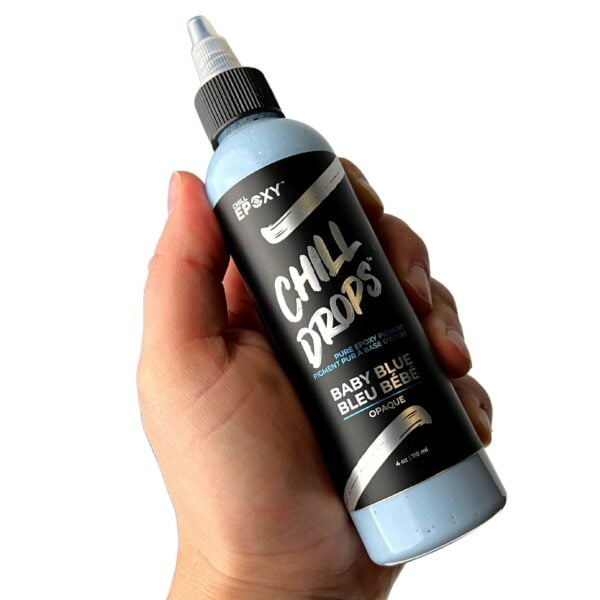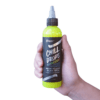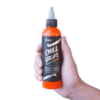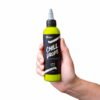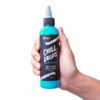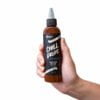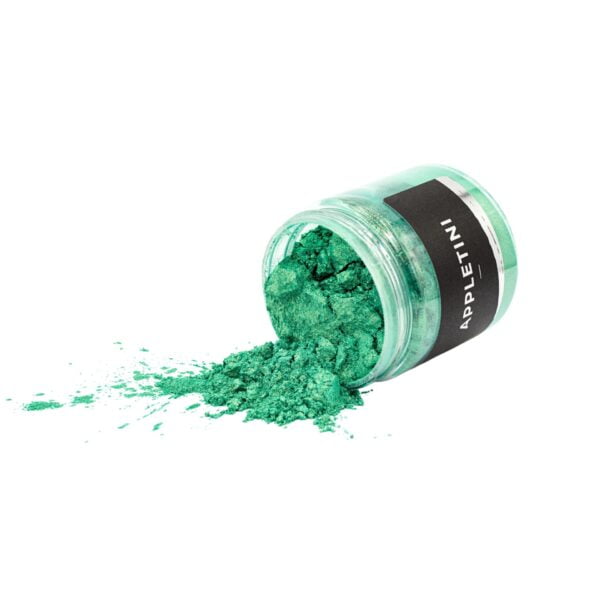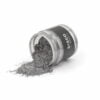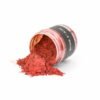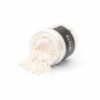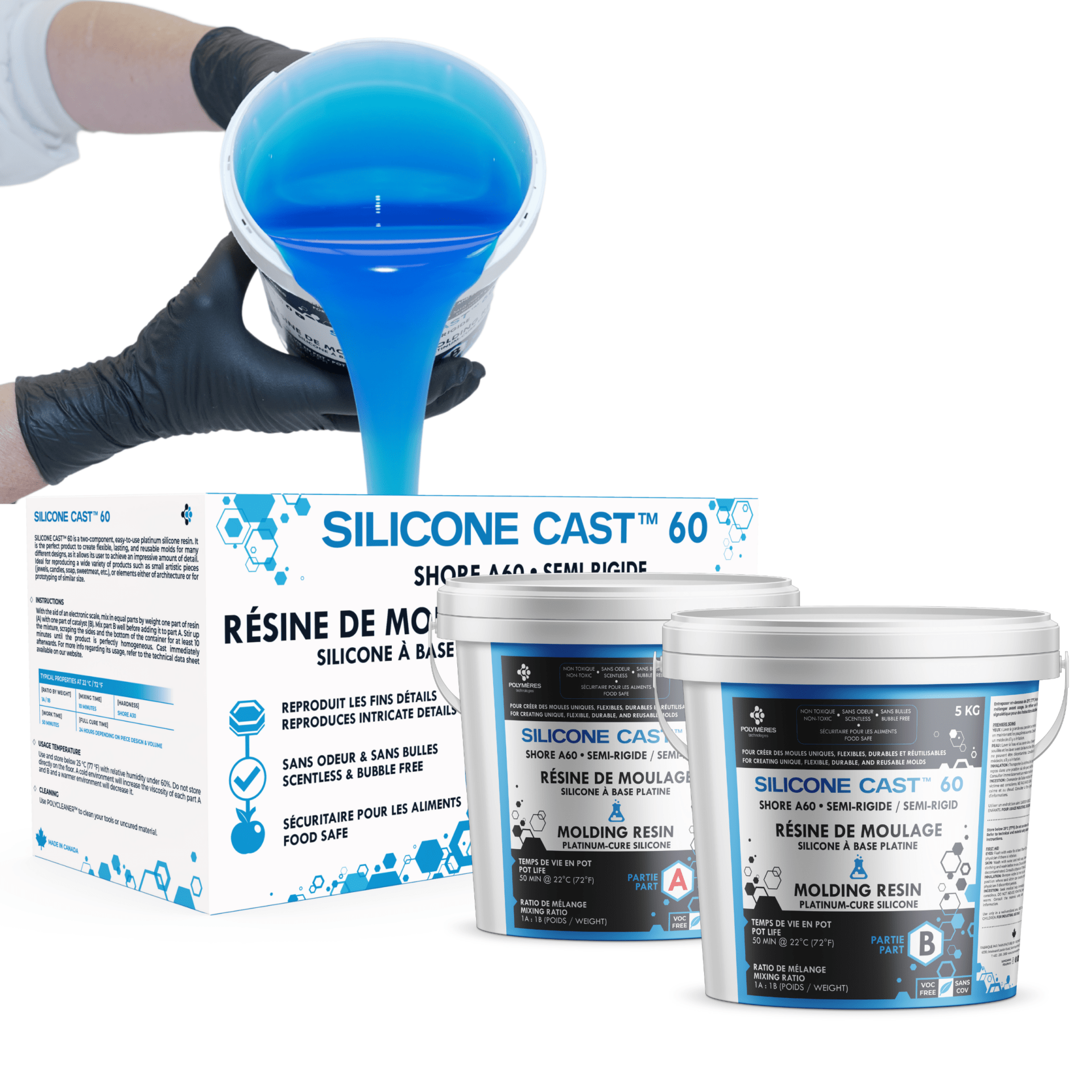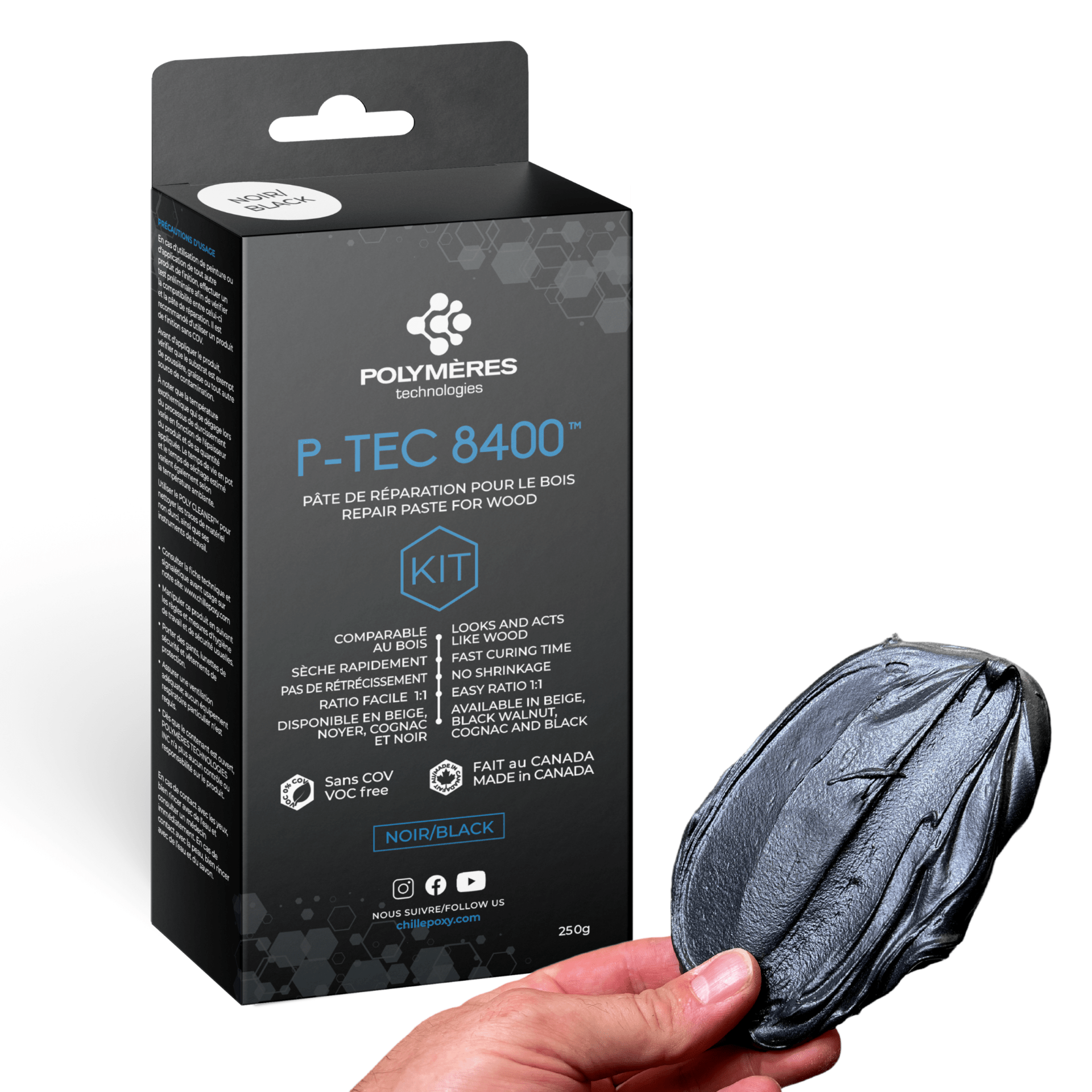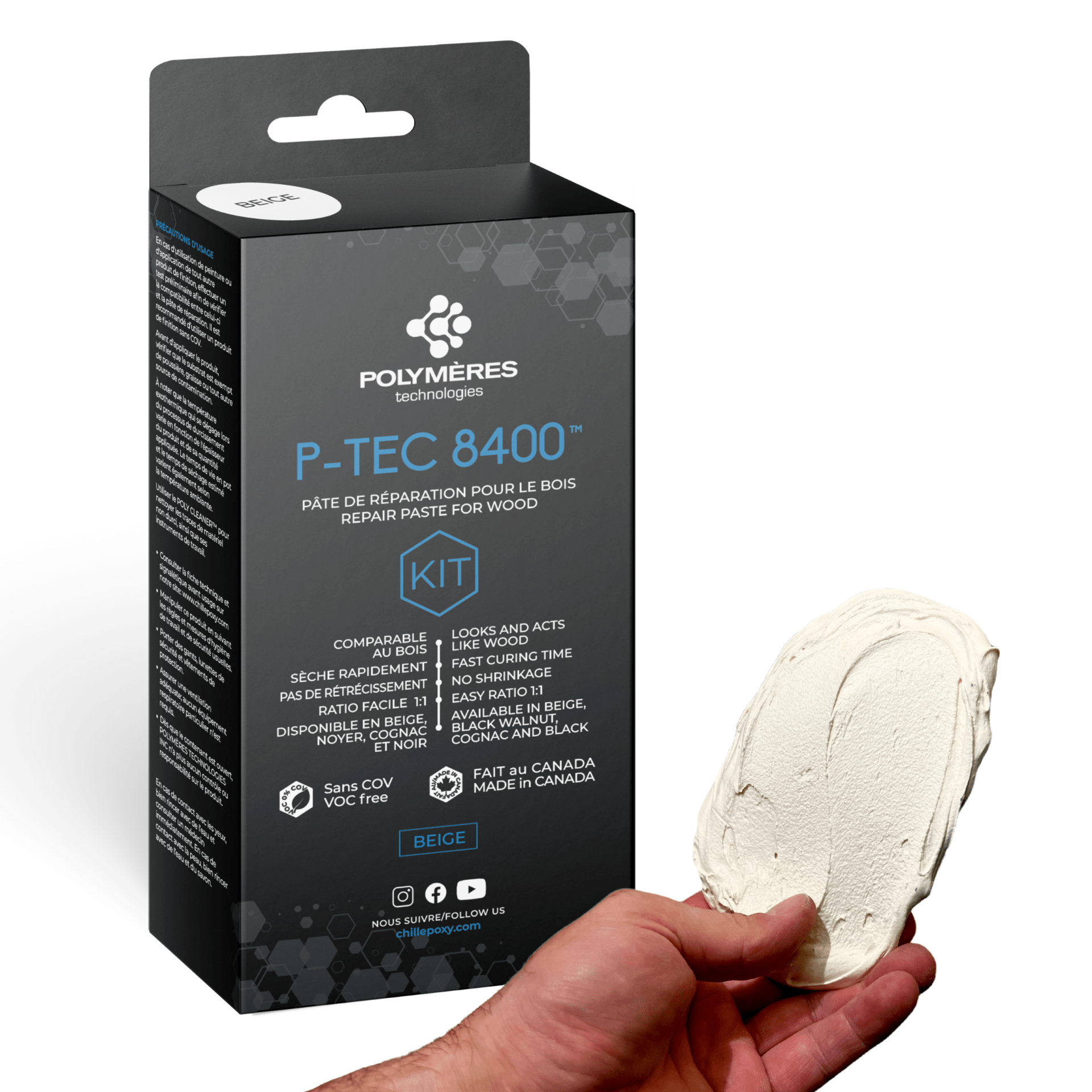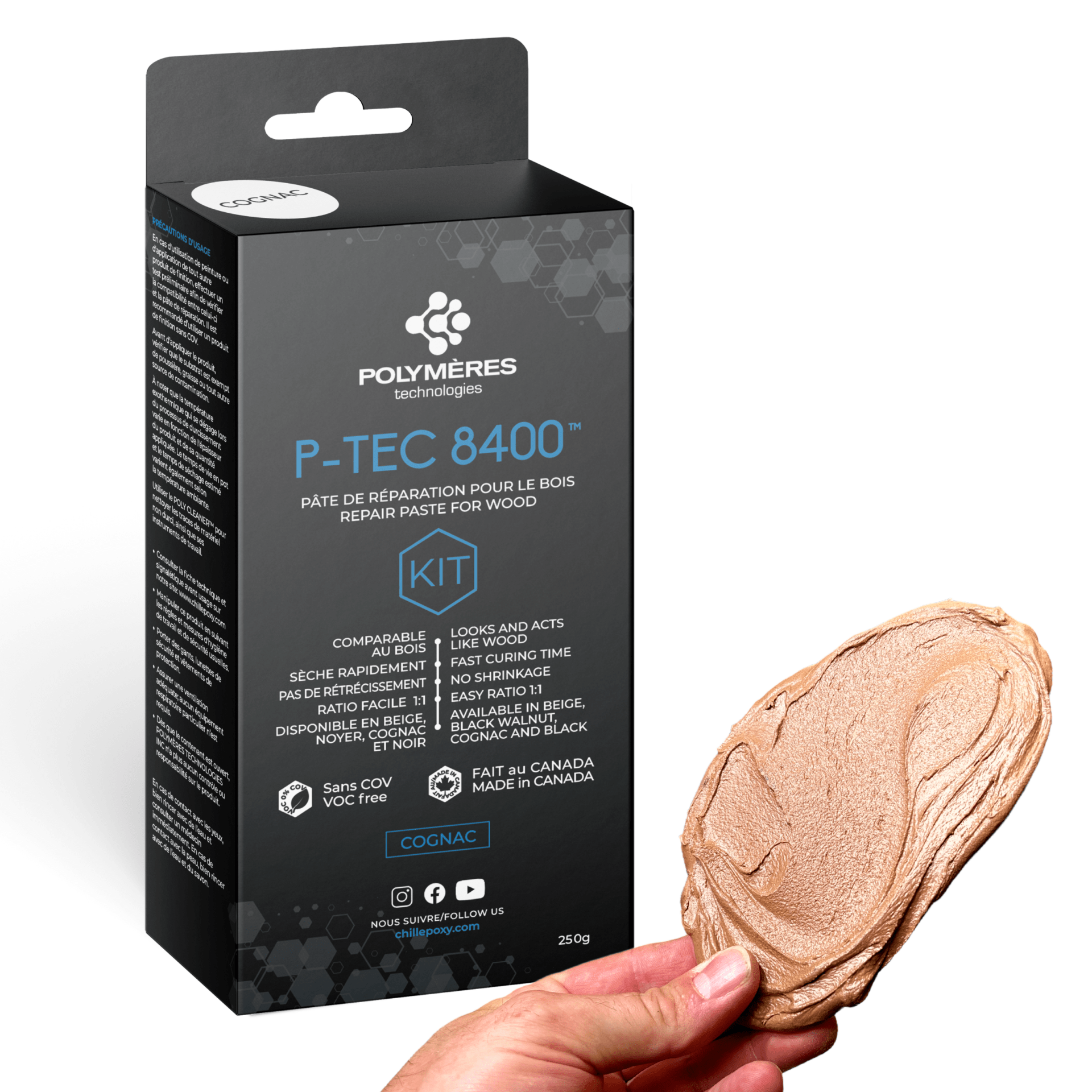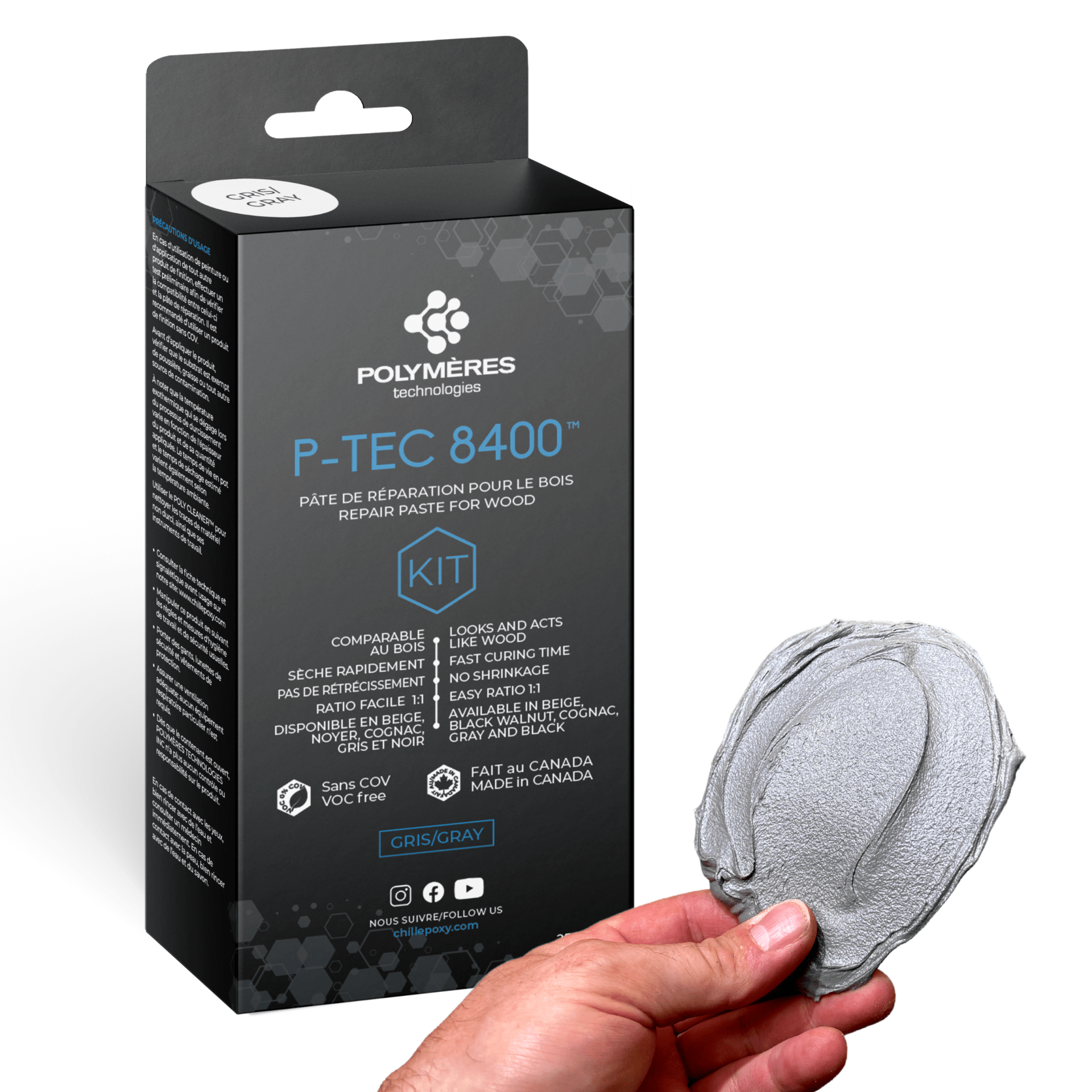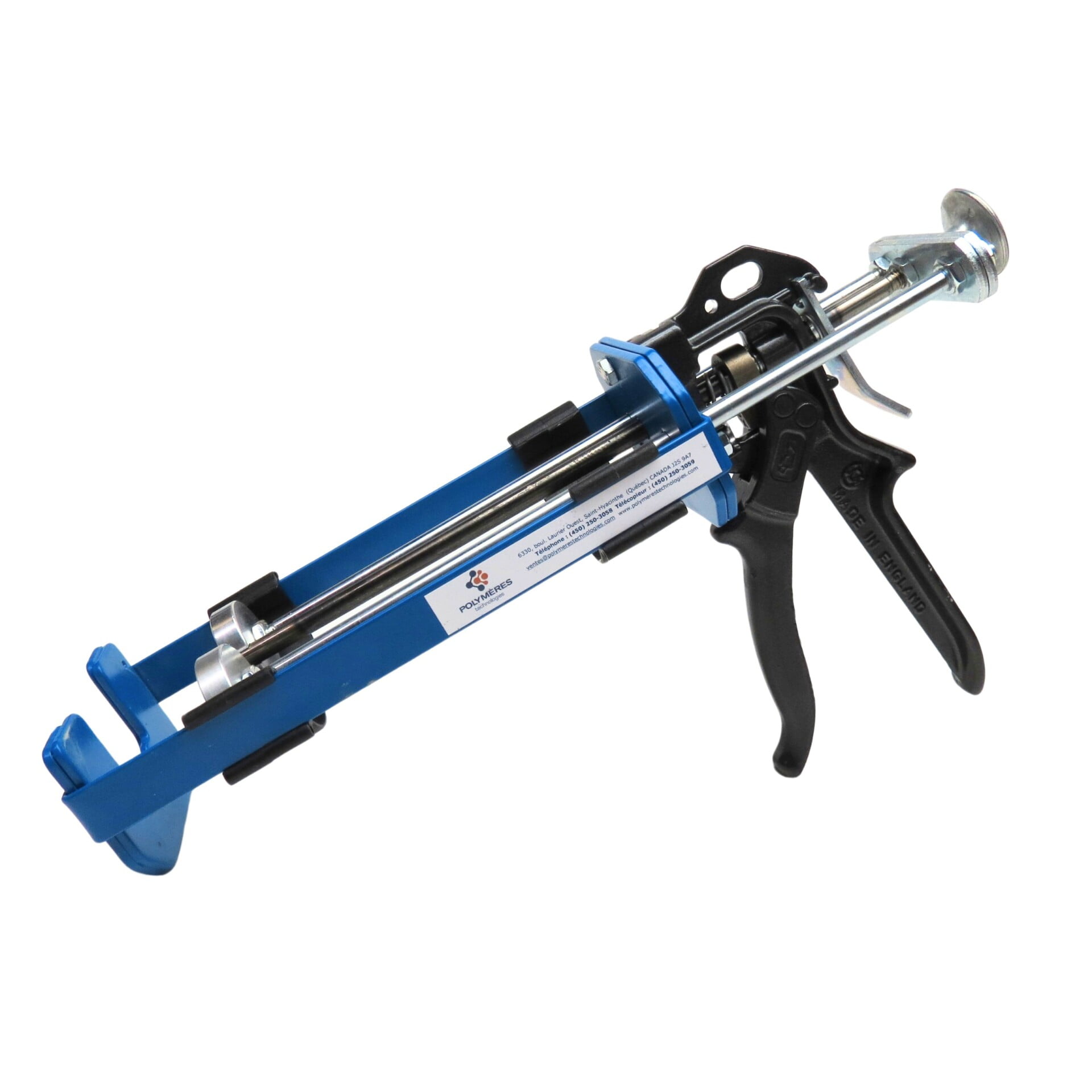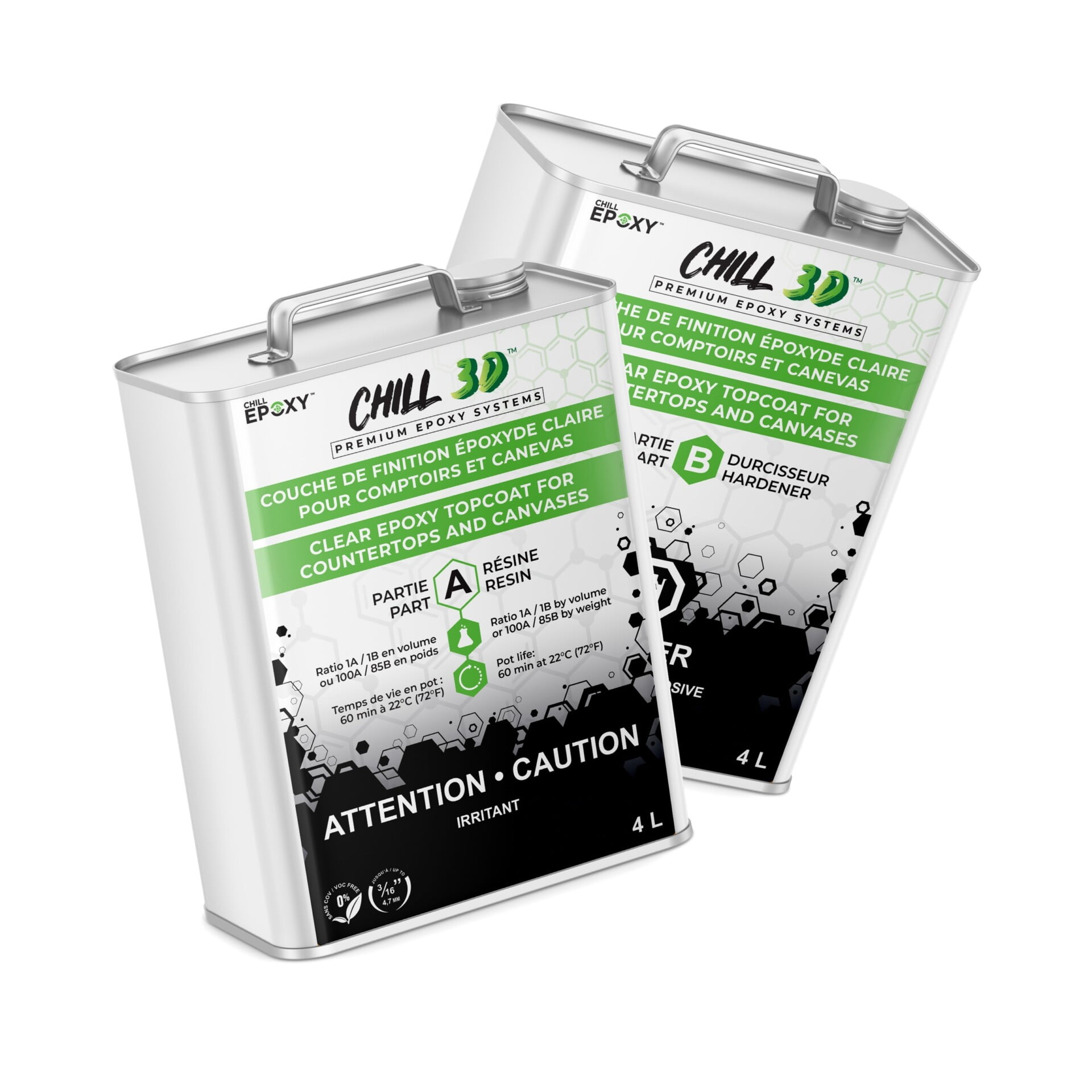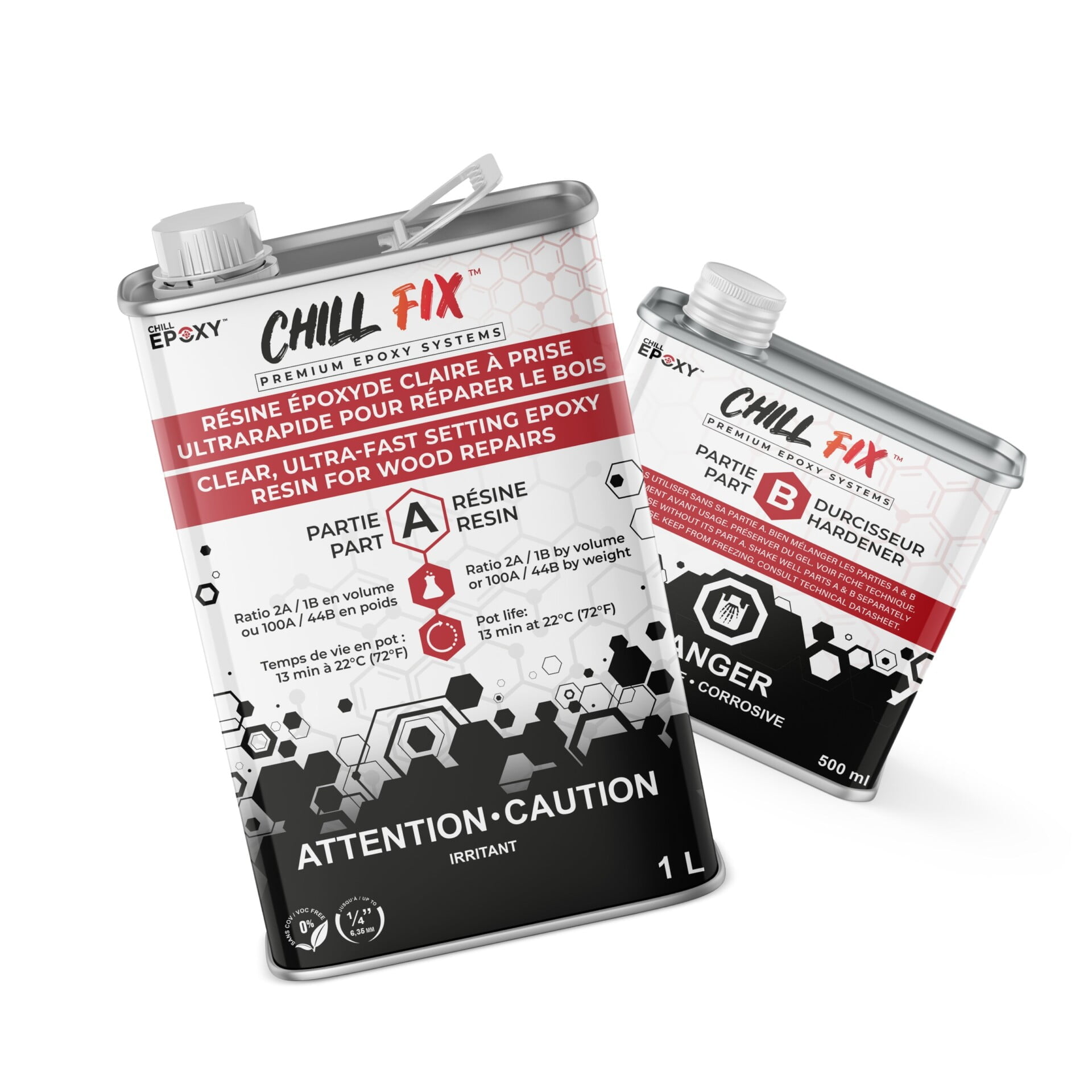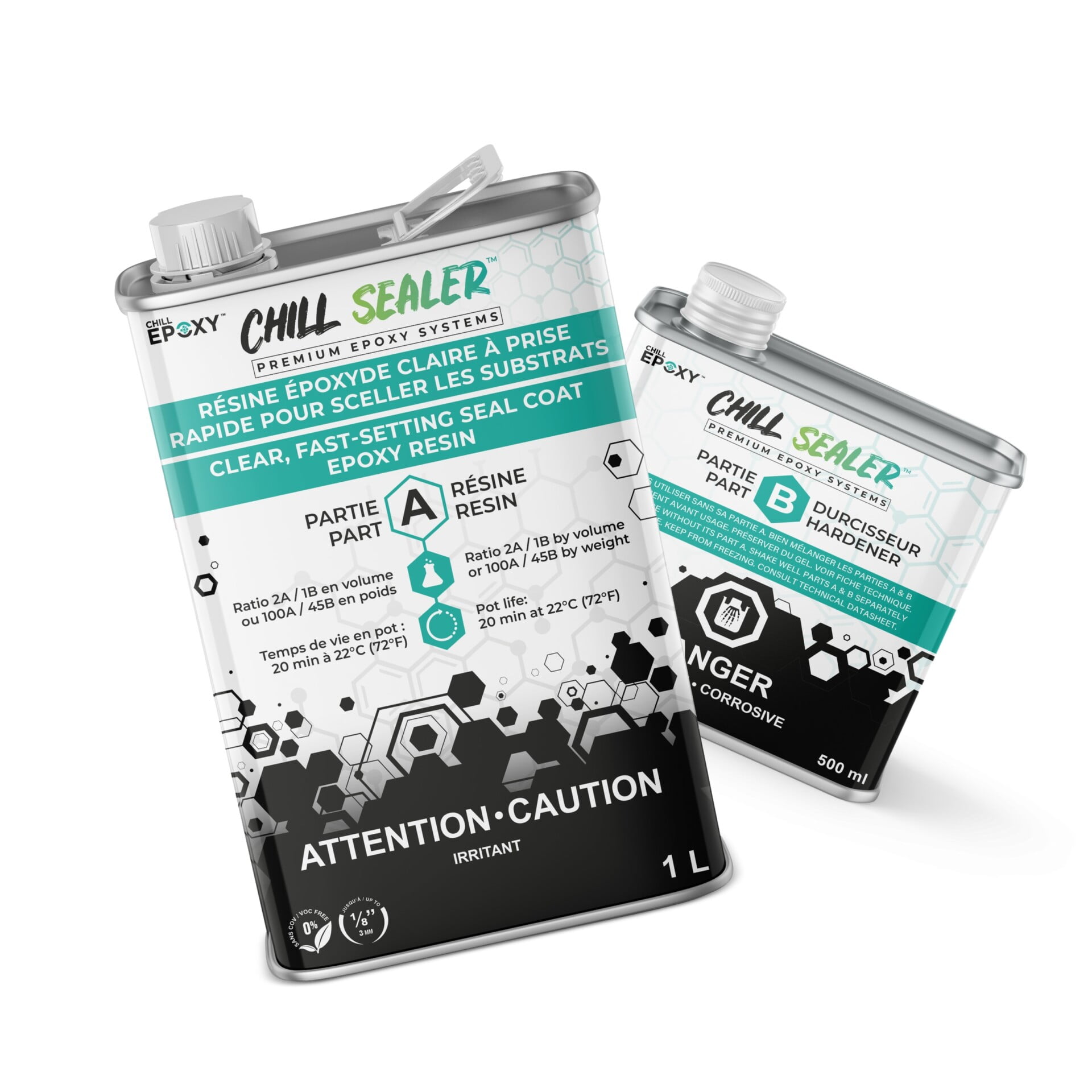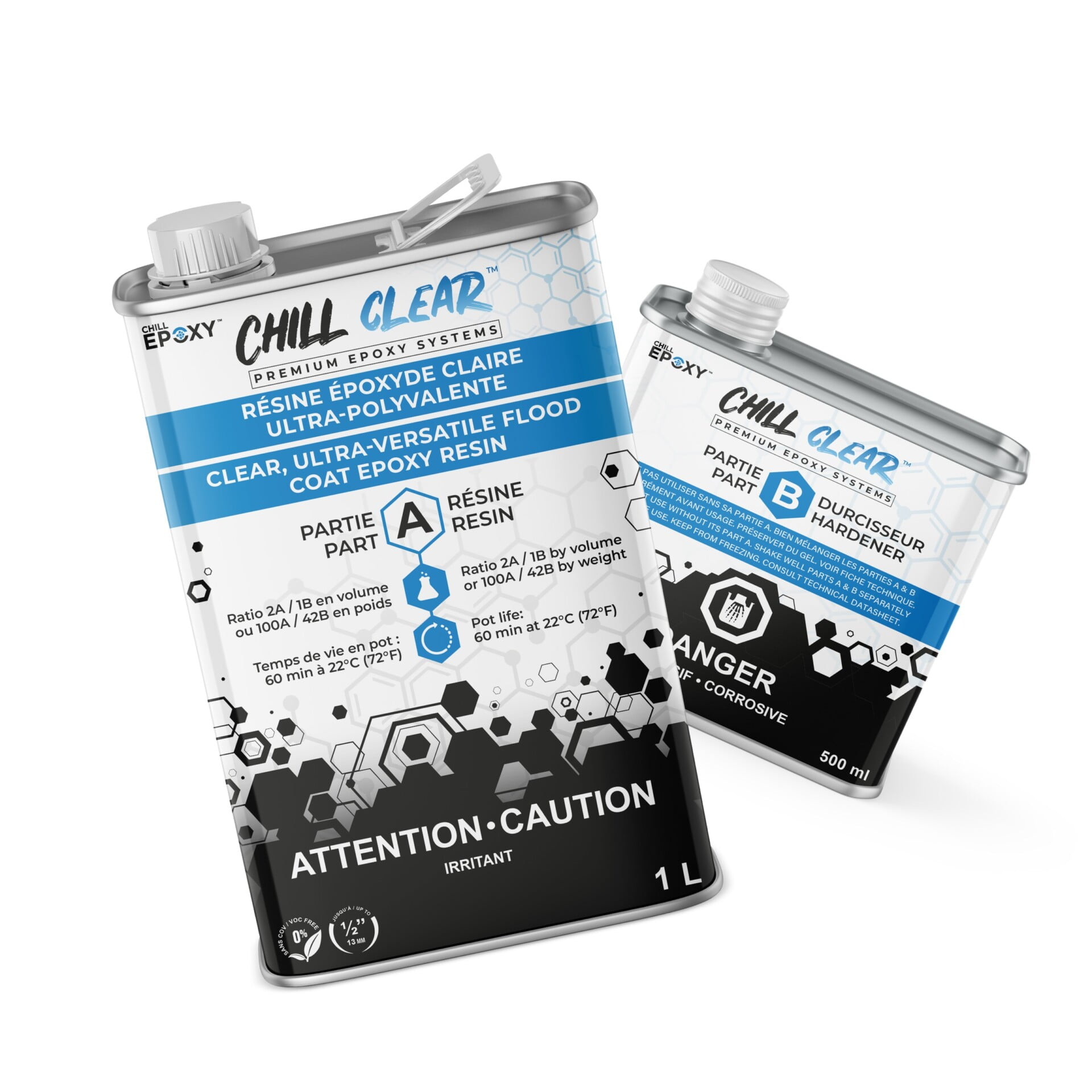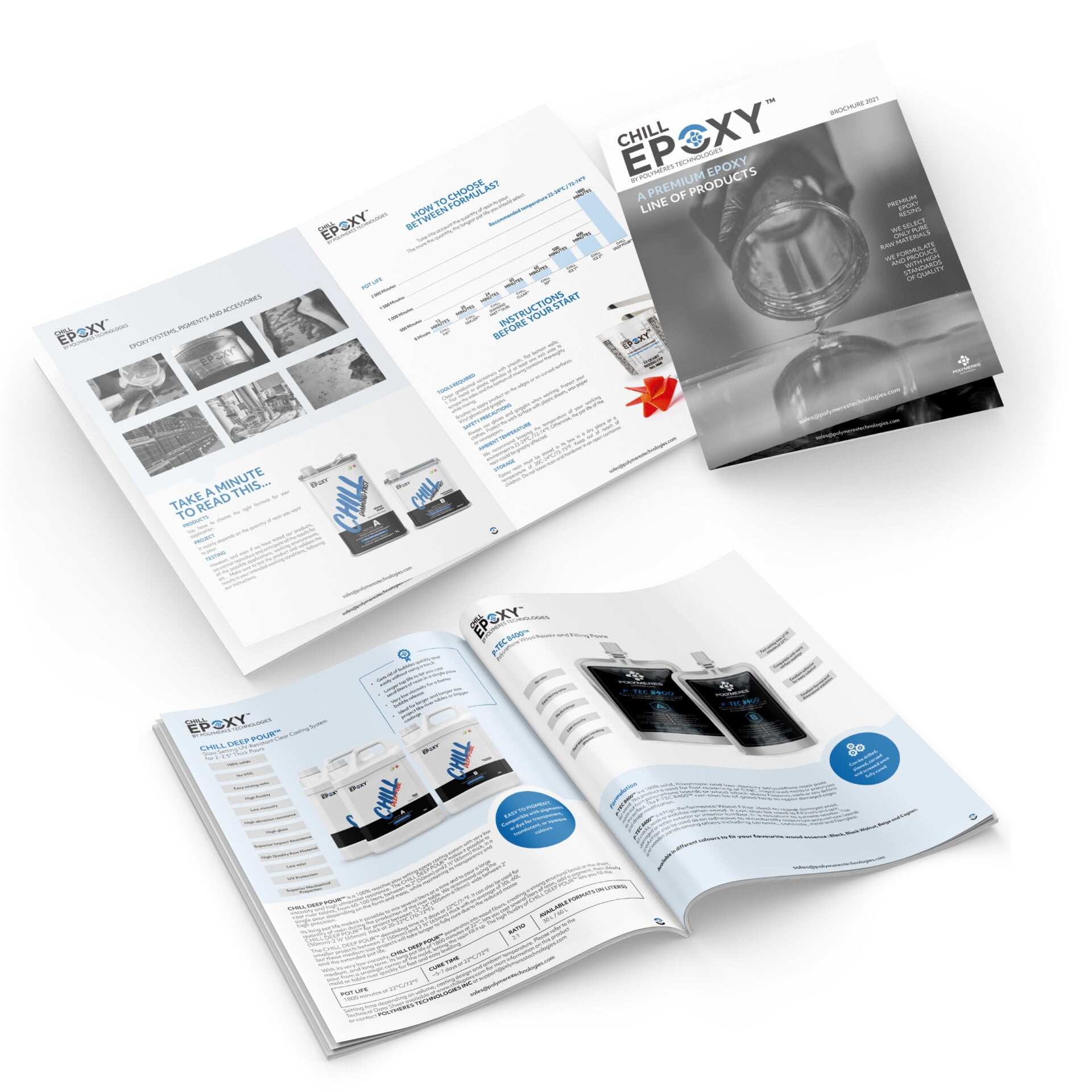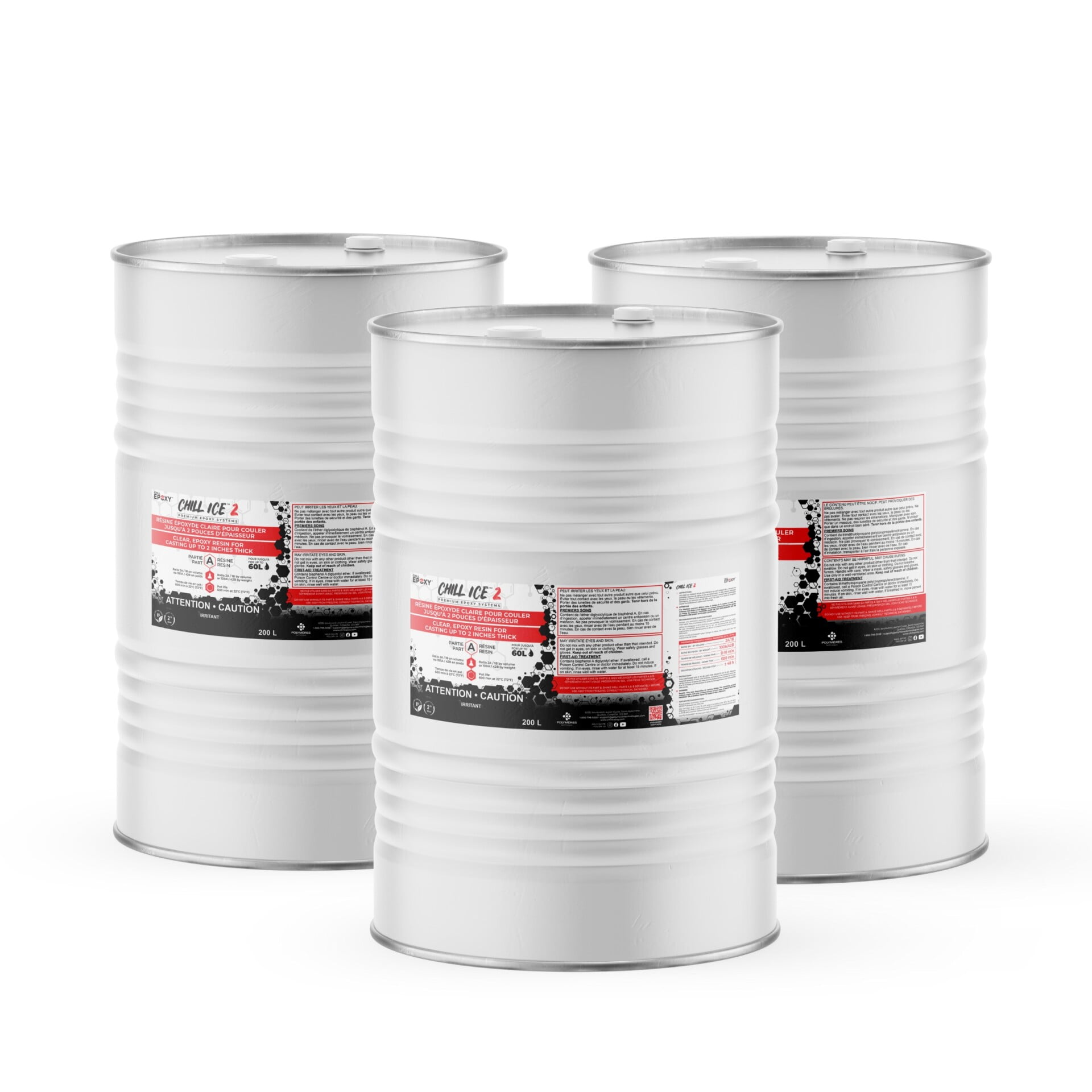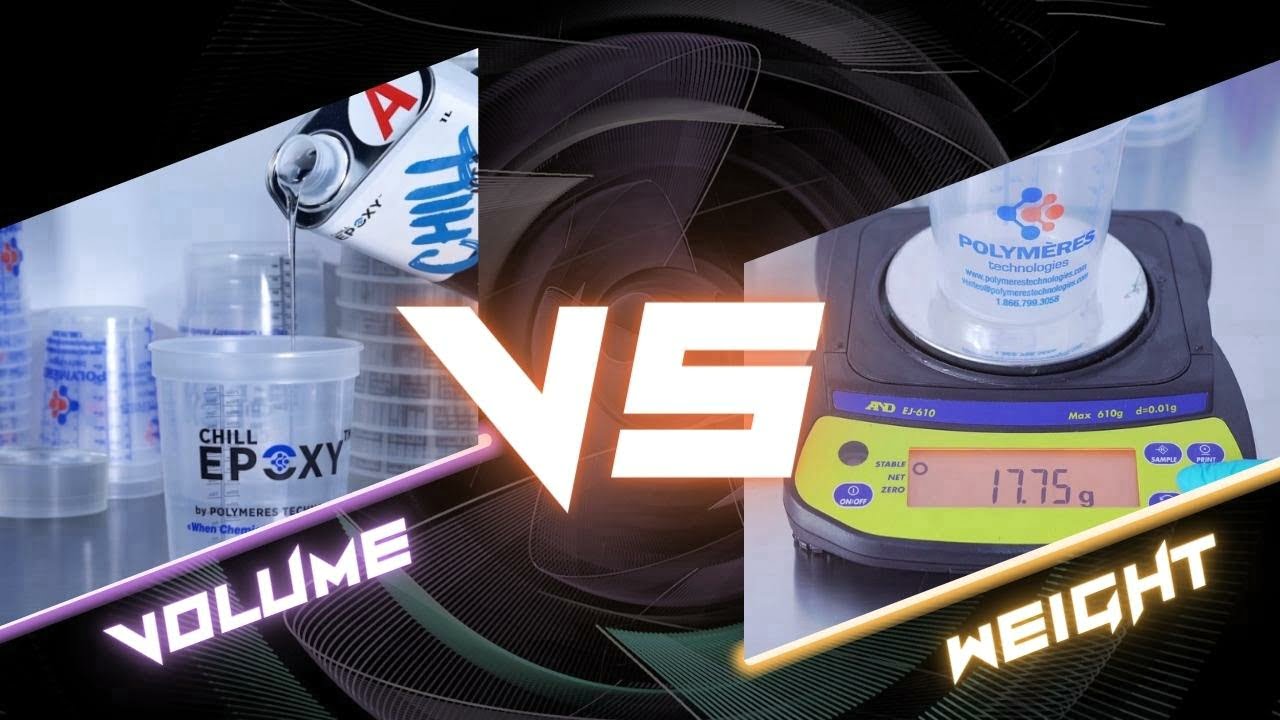Blog
How to Measure Epoxy by Weight vs Volume: A Comprehensive Guide
How to Measure Epoxy by Weight vs Volume: A Comprehensive Guide
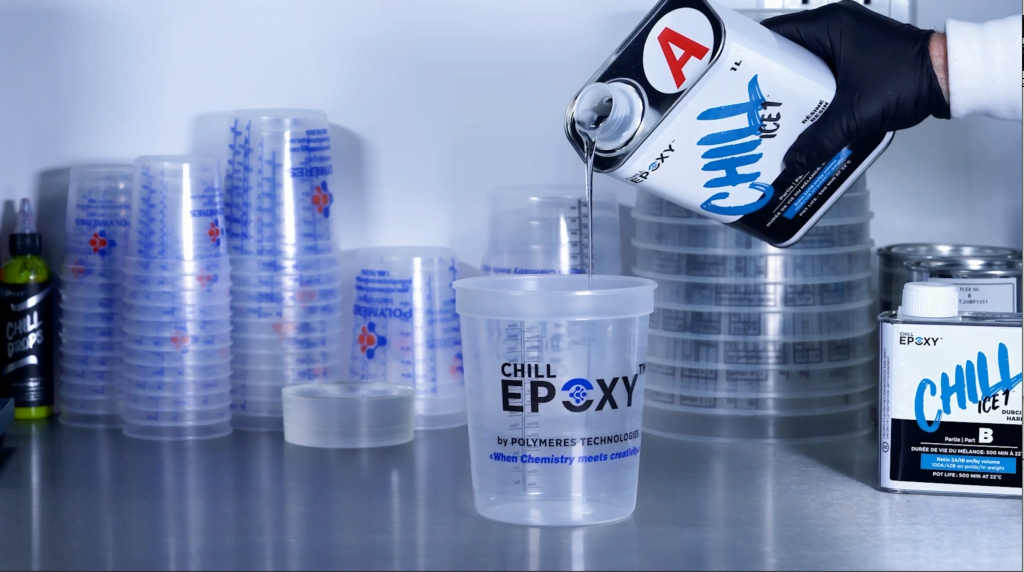
At CHILL EPOXY™, we understand the importance of accurate epoxy measurements in various applications. Whether you’re working on a DIY project or a professional endeavor, knowing how to measure epoxy correctly is crucial to achieve optimal results. In this comprehensive guide, we will walk you through the key differences between measuring epoxy by weight and volume, their advantages and disadvantages, and provide you with practical tips to ensure precise measurements every time.. When working with epoxy, it’s crucial to measure and mix the components accurately to achieve optimal results. One common question that arises is whether to measure epoxy by weight or volume. In this article, we will explore the differences between the two methods and provide insights on the best practices for measuring epoxy. Additionally, we will address frequently asked questions regarding epoxy ratios and provide valuable information to help you achieve success in your epoxy projects.
Understanding the difference between mixing ratios in epoxy resin

Understanding the difference between mixing ratios in epoxy resin is crucial for achieving successful results in your projects. When a ratio is indicated as 2:1 or 1:1, it signifies a mixing ratio by volume. In this case, the resin and hardener are measured using a container with markings indicating the specified measurements. This method is commonly used and can be easily done with the appropriate measuring container.
On the other hand, when the ratio is indicated as 100:41 or 100:42, for example, this represents a weight ratio. It means that the components are measured based on their weight rather than volume. This method requires the use of a digital scale capable of accurately measuring the weights of the resin and hardener.
Using the proper technique and understanding the distinction between volume and weight ratios is essential. If the incorrect method is used, the epoxy may not cure properly, leading to issues such as sticky surfaces, premature yellowing, inadequate hardness, and compromised strength and other desired properties.
To ensure successful epoxy projects, it is important to carefully follow the instructions provided by the manufacturer. Pay attention to the specified mixing ratios, whether they are indicated by volume or weight. By using the appropriate technique and accurately measuring the components, you can achieve optimal curing, durability, and overall performance in your epoxy resin applications.
How to Measure Epoxy by Weight vs Volume: Should I mix epoxy by weight or volume?
When it comes to measuring epoxy, both weight and volume methods have their advantages and considerations. The choice between the two methods largely depends on the specific requirements of your project and personal preferences. Let’s take a closer look at each method to understand their pros and cons.
Measuring Epoxy by Weight

Measuring epoxy by weight involves using a digital scale to determine the exact weight of each component. This method offers precise measurements and is commonly used in professional settings where accuracy is paramount. Here are some key points to consider:
- Accuracy: Measuring epoxy by weight provides a high level of accuracy, as even slight variations in the ratio can impact the final properties of the cured epoxy.
- Consistency: The weight method ensures consistent results, especially when working on multiple batches or larger projects.
- Reproducibility: If you need to replicate a specific epoxy mixture, measuring by weight allows you to achieve consistent results every time.
However, it’s worth noting that measuring epoxy by weight requires a reliable digital scale capable of handling the weights involved. Additionally, some epoxy products may have specific weight ratios mentioned by the manufacturer, which should be followed for optimal results.
Measuring Epoxy by Volume
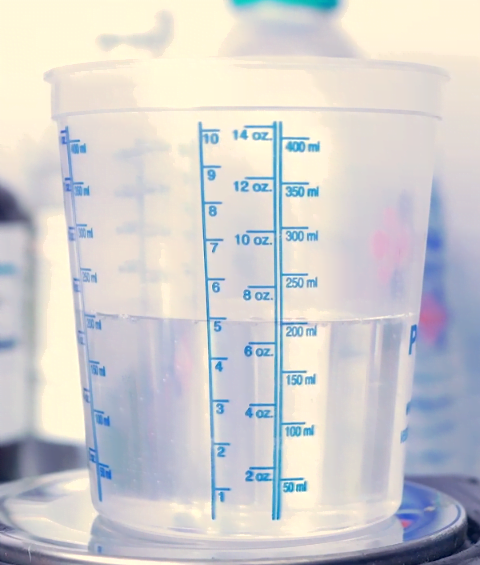
Measuring epoxy by volume involves using graduated cups or syringes to measure the required amounts of resin and hardener. This method is more common among hobbyists and DIY enthusiasts due to its simplicity. Here are some key points to consider:
- Ease of Use: Measuring epoxy by volume is relatively easy and requires minimal equipment, making it accessible for beginners.
- Convenience: Using graduated cups or syringes allows for a quick and straightforward measurement process, eliminating the need for a digital scale.
- Flexibility: Some epoxy products specify volume ratios rather than weight ratios, making the volume method more suitable for those instances.
However, measuring epoxy by volume has its limitations. It can be less accurate than the weight method, as small errors in measurements can affect the curing and final properties of the epoxy. It is crucial to follow the manufacturer’s instructions and ensure consistency in measurements.
What is the best ratio for epoxy resin?
The best ratio for epoxy resin depends on the specific product you are using and the intended application. It’s essential to follow the manufacturer’s guidelines to achieve the desired results. While the most common epoxy ratio is 1:1 (equal parts resin and hardener), some products may require different ratios to optimize curing and performance.
To determine the ideal ratio, refer to the product label or the manufacturer’s technical data sheet. These resources provide detailed instructions, including the recommended ratios and mixing instructions for specific applications. Deviating from the recommended ratio can result in improper curing, weaker bond strength, or other undesirable effects.
What is the volume ratio for epoxy resin?
The volume ratio for epoxy resin refers to the proportion of resin to hardener required for proper curing. As mentioned earlier, the most common volume ratio is 1:1, which means equal parts of resin and hardener. However, it’s important to note that different epoxy products may have varying volume ratios, so it’s crucial to refer to the manufacturer’s instructions for the specific product you are using.
In some cases, the volume ratio may not be a 1:1 ratio. For example, certain epoxy formulations may require a 2:1 ratio, where two parts resin are combined with one part hardener. It’s important to carefully measure and mix the components according to the specified volume ratio to ensure the epoxy cures properly and attains the desired properties.
Does epoxy ratio have to be exact?
Achieving the correct ratio of epoxy resin to hardener is vital for proper curing and optimal results. While it is essential to aim for accuracy in measuring and mixing epoxy, the ratio does not always have to be exactly precise. Epoxy resins are designed with a certain tolerance, allowing for slight variations in the mixing ratio without compromising the final outcome.
That being said, it is still important to follow the manufacturer’s instructions and aim for the closest possible ratio. Deviating significantly from the recommended ratio can lead to issues such as incomplete curing, weakened mechanical properties, or reduced chemical resistance. The manufacturer’s guidelines provide the best guidance for achieving the desired results with the epoxy product you are using.
Frequently Asked Questions about Measuring Epoxy by Weight vs Volume
- Q: Can I mix epoxy resin by weight if the instructions recommend volume measurements?
- A: While it is generally recommended to follow the instructions provided by the manufacturer, in some cases, you can convert volume measurements to weight measurements. You can refer to the epoxy’s specific gravity (density) to determine the appropriate weight-to-volume conversion.
- Q: Is it okay to estimate the measurements when measuring epoxy by volume?
- A: It is best to be as precise as possible when measuring epoxy, even when using the volume method. Estimating measurements can lead to inconsistencies and affect the curing process and final epoxy properties. It’s always recommended to use graduated cups or syringes and follow the markings for accurate measurements.
- Q: What are the consequences of not following the recommended epoxy ratios?
- A: Deviating from the recommended epoxy ratios can result in incomplete curing, reduced strength, decreased chemical resistance, and compromised overall performance. It’s crucial to adhere to the manufacturer’s instructions for optimal results.
- Q: Can I mix different epoxy brands together if they have different ratios?
- A: It is generally not recommended to mix epoxy brands with different ratios, as this can lead to unpredictable curing and potential performance issues. It’s best to use epoxy products from the same brand and follow their specific instructions.
- Q: Should I adjust the mixing ratio based on ambient temperature or humidity?
- A: In some cases, epoxy manufacturers may provide specific recommendations for adjusting the mixing ratio based on ambient conditions. It’s important to consult the manufacturer’s guidelines to determine if any adjustments are necessary for the desired environmental conditions.
- Q: Can I use a kitchen scale to measure epoxy by weight?
- A: While a kitchen scale may provide some level of accuracy, it is generally recommended to use a digital scale with a higher precision when measuring epoxy by weight. This ensures more accurate measurements and consistent results.
Conclusion
Accurately measuring epoxy resin and hardener is crucial for successful epoxy projects. Whether you choose to measure epoxy by weight or volume, it’s important to follow the manufacturer’s instructions and guidelines for the specific product you are using. Both methods have their advantages and considerations, and the choice between them depends on the nature of your project and personal preferences.
Remember that the best ratio for epoxy resin depends on the product and application, and it’s essential to adhere to the manufacturer’s recommendations. While slight variations in the ratio may be tolerable, it’s always best to aim for accuracy to achieve optimal curing, strength, and performance. By measuring epoxy carefully and following the guidelines, you can enjoy successful epoxy projects with impressive results.


